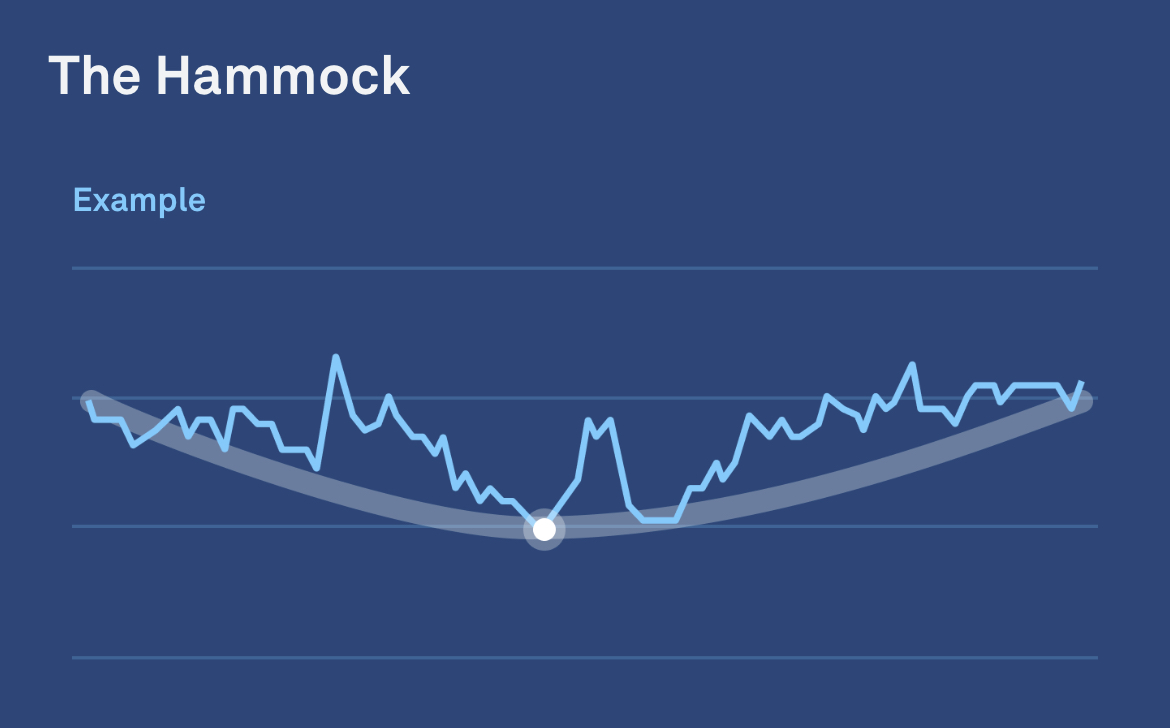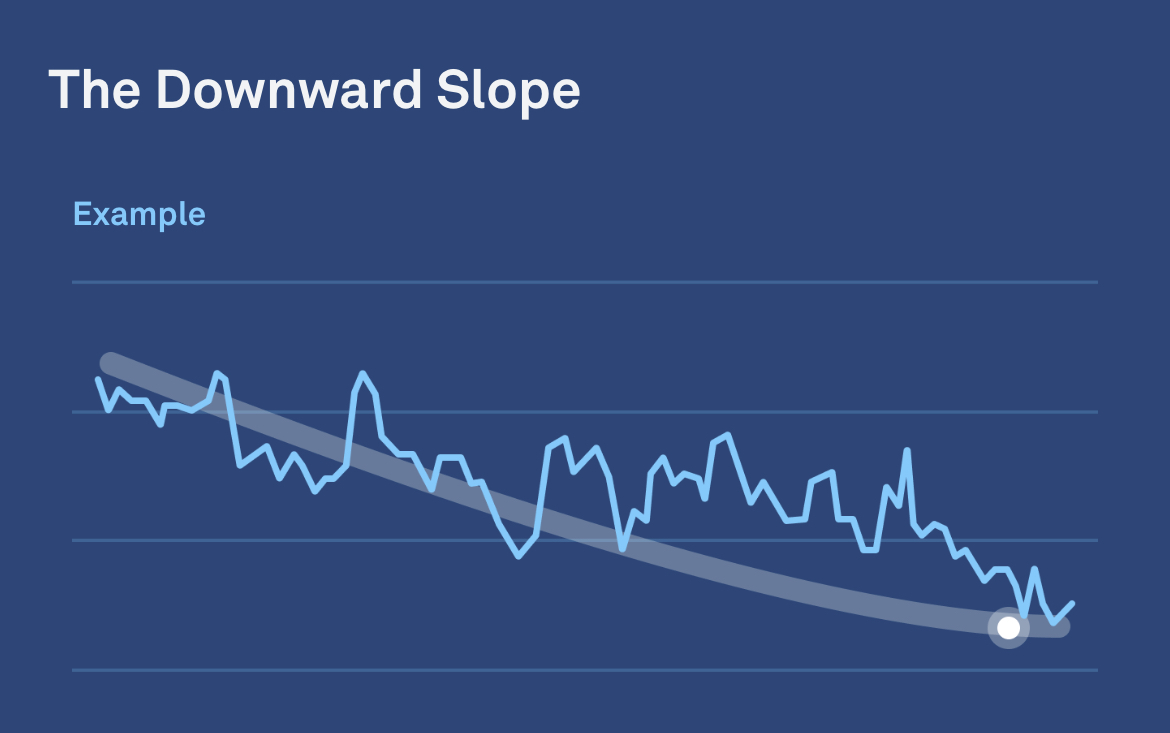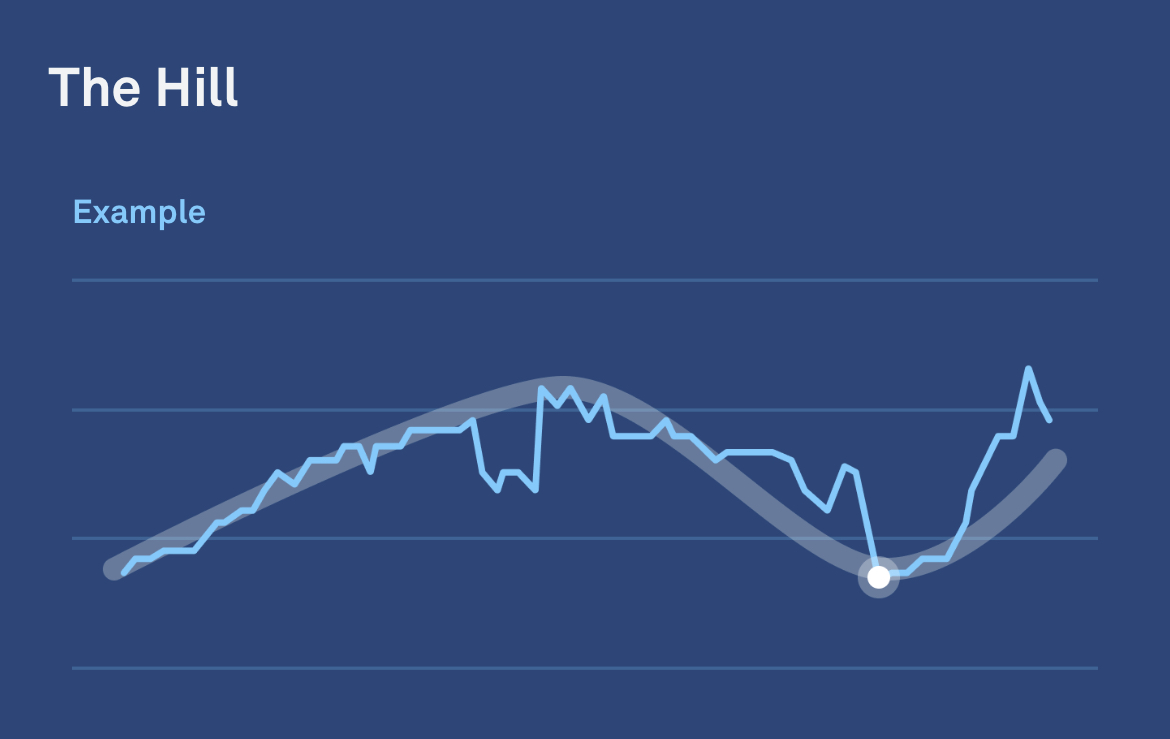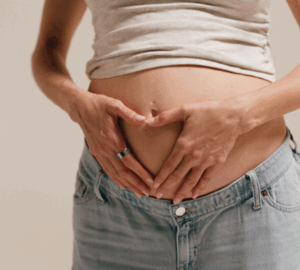Your heart rate when sleeping follows a unique curve, serving as your heart’s personal signature. A lower resting heart rate (RHR) is a sign of quality recovery and health. This raises a common question: what should your heart rate be while sleeping?
By looking at your resting heart rate (RHR) curve in your Oura App, you can see the effects of late meals, evening workouts, alcohol, sickness, being misaligned with your circadian rhythm, and more.
| Member Tip: Gain further insights into your overall heart health by using Oura’s new heart health features: Cardio Capacity and Cardiovascular Age. |
What Is Your Sleeping Heart Rate?
Nightly average heart rate while sleeping varies widely between individuals. A normal heart rate can range anywhere from 40 to 100 beats per minute (BPM) and still be considered average — a helpful guide when wondering what should your heart rate be while sleeping. It can also change from day to day, depending on your hydration level, elevation, physical activity, and body temperature. As with many of your body’s signals, it’s best to compare your RHR with your own baseline, and avoid comparisons.
When looking at your RHR curve, pay special attention to these three things:
- Your trend: Does your RHR go up, down, or stay level during the night?
- Your lowest point: When is your RHR lowest?
- Your end: Right before you wake up, does your RHR change?
With these questions in mind, here are four patterns you may recognize in the night-time heart rate curves you can see with Oura.
READ MORE: What Is the Average Resting Heart Rate?
4 Types of Sleeping Heart Rate Patterns
The Hammock: Relaxed in Bed and Ready to Rise

The hammock curve shows an optimal overnight heart rate journey. During your initial sleep stages, your body relaxes, and your blood pressure and heart rate begin to drop.
In this scenario, your lowest RHR occurs near the midpoint of your sleep, when the amount of melatonin present reaches a peak. If you are perfectly in sync with the sun’s patterns, your body temperature drops to its lowest level around 4 a.m.
Your RHR may momentarily rise during REM sleep. This is normal – you can ignore these temporary spikes when looking for the hammock curve during your sleep.
As you wake in the morning, your heart rate begins to rise. The hammock curve is a sign that your body is relaxed during the night and is ready to rise after a quality night’s sleep.
RELATED: REM Sleep: What Is It and How to Get More
The Downward Slope: Your Metabolism Working Overtime

The Downward Slope is a sign that your metabolism is working overtime. Did you have a late meal, a late workout, or a glass of wine before bed? If your RHR starts high and reaches its lowest point right before you wake up, you may start the day feeling groggy.
If you regularly see this downward slope, it may be wise to stop and reassess your evening routine. For example, if you normally work out late at night, exercising one to two hours earlier can result in positive changes.
In the morning, getting fresh air and sunlight as soon as possible can help you get started on your day.
The Hill: Too Exhausted for Bed

If your RHR increases right after you fall asleep, this could be a sign of exhaustion. Did you go to sleep on time? If it’s past your regular bedtime, you may start feeling the effects of increased melatonin – a hormone that aids sleep – and lower blood pressure. This communication from your body serves as a warning of sorts, reminding you to get to bed on time.
If you did go to sleep during your ideal bedtime window, it’s possible that your heart rate may be increasing at the start of the night for reasons you can’t control. For instance, your airways may have relaxed during sleep, causing you to snore, which raises your heart rate.
Try adjusting your bedtime or addressing possible causes of congestion if you’re consistently seeing this curve in your sleeping heart rate.
READ MORE: Can You Snore With Your Mouth Closed? How Mouth Tape Impacts Snoring
The Uplands: Under Strain

A consistently elevated heart rate while asleep can indicate strain that is preventing your body from getting optimal rest and recovery. After a night with a heart rate pattern that looks like this, focus on giving your body a break — turn on Rest Mode, give yourself extra downtime, or an early afternoon nap.
READ MORE: 8 Possible Reasons Why Your Resting Heart Rate Is High
Heart Rate During Sleeping: How to Keep it Steady
When you’re sound asleep, your body is wide awake. Welcome its feedback, listen closely to what it has to say, and take steps towards optimizing your sleep. To support a healthy heart rate during sleep, try these tips:
- Try to wake up at the same time seven days a week. (Yes, that includes weekends.) This habit also supports consistent patterns when evaluating what your heart rate should be while sleeping.
- Time your meals mindfully; late meals may show up as the Downward Slope.
- If your sleep pattern is optimal (Hammock Curve), take notes. Think about what you did (or didn’t do) the previous day and continue to make similar choices.
FAQs About Heart Rate While Sleeping
What should your heart rate be while sleeping?
For most adults, what your heart rate should be while sleeping typically ranges between 40 and 100 beats per minute (bpm). This varies depending on fitness, age, stress, and overall health. Athletes or highly fit individuals may have a sleeping heart rate closer to 40–60 bpm, while the general population often falls between 60–100 bpm.
Is heart rate while sleeping different from resting heart rate?
Yes. Heart rate while sleeping is measured overnight, while resting heart rate is taken when you’re awake but calm. People often wonder, “why is my sleeping heart rate higher than resting?” The answer may be late meals, alcohol, stress, or disrupted sleep stages, all of which can elevate your heart rate during sleep.
Why does heart rate spike during sleep?
It’s normal to see heart rate spikes during sleep, especially during REM sleep, when brain activity and dreams are most vivid. However, a consistently high sleeping heart rate or large spikes may be linked to stress, illness, or lifestyle factors like caffeine, alcohol, or late-night exercise.
What does it mean if I have a high heart rate while sleeping?
A high heart rate while sleeping can sometimes indicate that your body is under strain. Common causes include fever, dehydration, stress, or metabolic activity from eating or drinking late. If you regularly notice a high sleeping heart rate, it may be worth reviewing your evening habits or discussing with a healthcare provider.
What should heart rate be when sleeping compared to daytime?
Your heart rate when sleeping is usually lower than your daytime heart rate, as your body is in recovery mode. If your sleep heart rate remains elevated throughout the night, it may suggest that your body isn’t fully recovering or is under stress.




